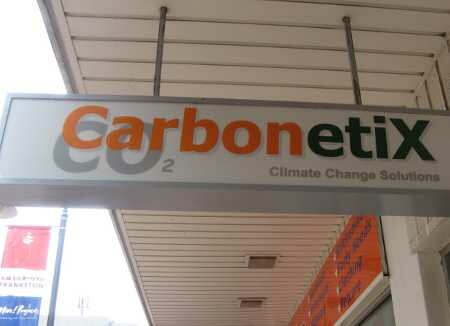How we have kept our energy use 75% lower than a typical office of our size
Wednesday, January 7th, 2009This week marks exactly one year since we first moved into our current office of 267 m2. Readings of our electricity meter show energy consumption was 30.2 kWh/m2 for the year. Thats all our energy use - we don’t have a gas connection - and includes heating and cooling of the office. To put this in context, this is lower than any of Australia’s famous green buildings. How have we achieved this?

First, we operate the heating/cooling system manually, and only when needed. Most of the year its off. We get good ventilation through the building by opening the front and back doors. 
Second, we have delamped - that is removed one lamp from each double fluorescent light fitting, and fitted Mirrorlux reflectors behind the remaining fluoro tube. 
Third, we have a good switch off culture. The printer goes off at night. Staff only switch lights on when needed. Computers are unplugged at night time.

Fourth, we use laptops, which use less than half the power of desktop computers.

Fifth, we use occupancy sensors to control lighting. If a workspace is empty, the light goes off.

Sixth, our internal phone and internet network equipment goes off overnight, using a simple plug in timer. We use VoIP phones with power over network, power over network was chosen deliberately to enable this out of hours shut down.

Seventh, our servers go off automatically each night after the backup, and are turned on manually the next day.

Eighth, in the one office with windows the lights stay off most the time.

Ninth- we use a kettle rather than a boiling hot water unit. The boiling hot water unit in the photo has been disconnected.

Tenth- we have removed the tubes in the outside light of our sign. We don’t operate at night, and there is no need to have it illuminated.

In December last year we installed skylights. As they have only just been installed they wouldn’t have contributed much to our savings last year. But in 2009 they should help keep our energy consumption even lower.

There isn’t a lot of rocket science in what we have done. The biggest savings have come from how we operate the heating and cooling - and we haven’t spent a cent on control systems. Energy conservation is good for the environment, and has saved us money. Assuming the previous tenant used 130 kWh/m2/year (pretty typical for an office this size) last year we saved $4,000 and 35 tonnes of greenhouse gas.



